This article is brought to you by Gamer Sensei.
VALORANT, like any first-person shooter, comes with its own set of nuances. Is my crosshair placement too high? Am I spraying too much or not enough? How can I master counter-strafing? And is my sensitivity right?
The more you play VALORANT, the more your mechanics should improve. Things like flicking heads and jiggle peeking should become second nature as you rack up hours of gameplay and build that muscle memory. But some players might struggle to identify their mistakes, while others may plateau and find themselves hard stuck on the ranked ladder.
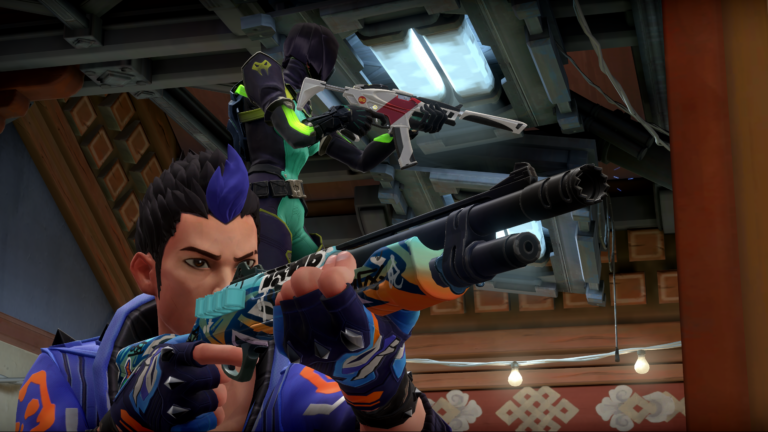
I wanted to polish my mechanics while also getting some help picking out common errors that might be holding me back. So I booked a one-on-one coaching session with Gamer Sensei, an esports coaching platform that offers lessons in a plethora of games. And I was instructed by FPS analyst Lukas Sankala, who’s also a coach for MENA powerhouse Team RA’AD.
To give a bit more context around my personal skill level, I’m a Platinum-level player who had never played a tac shooter until VALORANT. I don’t have too much time to grind the ranked ladder, evidenced by the fact that the only Act Rank Badge I completed was in Episode One, Act One. But I’m still constantly trying to improve my Vandal game and I hit Plat in every episode.
My coaching session with Sankala began with a simple display of skills—a game of Deathmatch. Nervous as I was, I began the match by missing four headshots on an AFK player. And those nerves eventually led to a mediocre sixth-place finish. But Sankala was quickly able to diagnose my strengths and weaknesses, gather a better sense of my playstyle, and assess what errors I needed to work on to improve my mechanics.
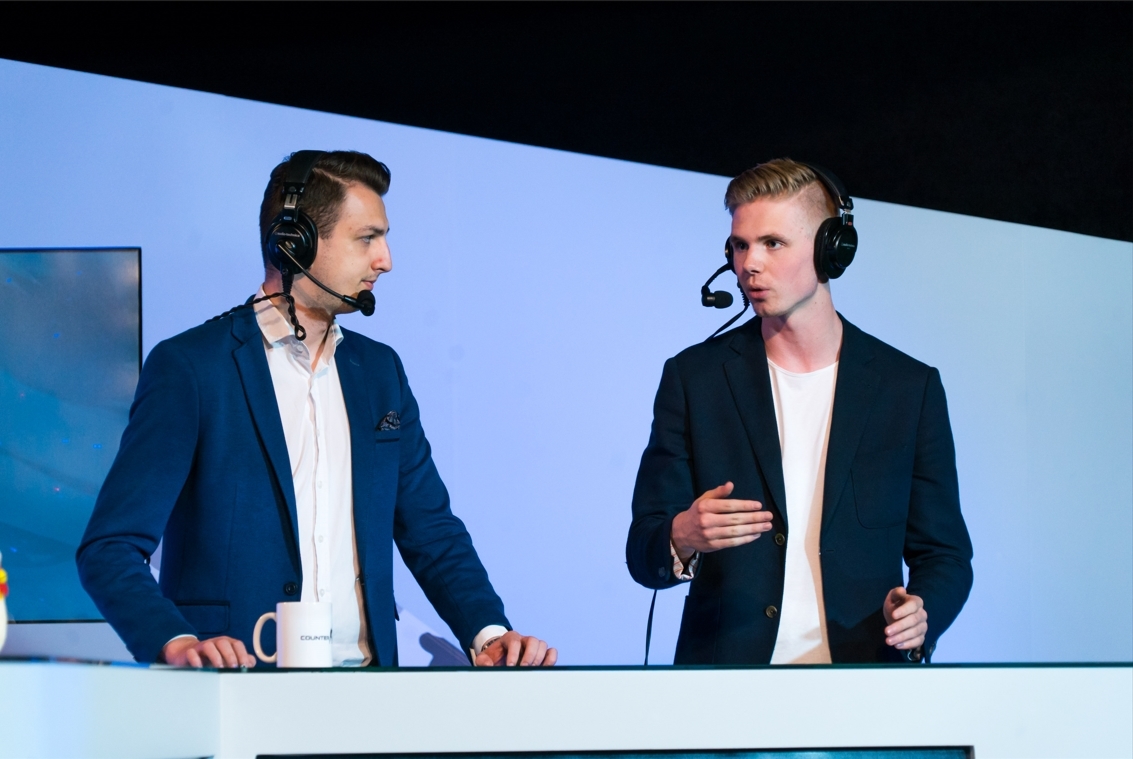
Sankala believed that my sensitivity and crosshair placement were good and my flicks were “quite nice,” allowing me to “hit a lot of headshots.” But I wasn’t using the right shooting strategy for various distances. My coach found that I was one-tapping or short-bursting at all distances, always trying to eliminate my target with a headshot. And while that may work if I tap my opponent’s head, it can set me back if I miss.
I was always under the impression that you shouldn’t spray with the Vandal, leaving that tactic to the more-forgiving Phantom. But at short distances, following up a missed headshot with a short spray is actually quite useful for finishing off your opponent. Learning to control my spray would also help in picking off enemies on the move, rather than trying to take the head off a running target.
At medium distances, however, spraying too much can be risky. So Sankala recommended strafing a step after missing a headshot to recalibrate my aim, following up with another burst of five to six bullets. And at long range, movement is even more important at giving you a second chance. So shooting a quick burst, taking a step, and then bursting again is the ideal strategy when out in the open. Doing this from behind a wall is an even safer tactic.
And for each shooting strategy, Sankala offered a different form of training that I could practice in the shooting range: short sprays from close range on easy mode, short bursts from close range on medium mode, and shoot, strafe, shoot from long range on easy mode.
On a related note, Sankala also noticed a major flaw that would often be my demise if I missed the first headshot: crouching.
“Crouching is a tool that can be useful in certain situations,” Sankala said. “But it’s a bad habit that a lot of people new to the game, or even that have played the game for quite a while, implement… every time.”
When peeking from behind a wall, for example, I had the tendency of swinging, shooting, and then crouching in quick succession. Best-case scenario, I can snag a kill and get traded off by an enemy. In most cases, however, I put myself in a vulnerable position that’s difficult to recover from. It’s far more effective to jiggle peek, potentially get a pick, and then use abilities for a quick getaway.
There are, of course, some situations where crouching can be useful, according to Sankala. In the event that you’re holding a tight corner and waiting for an unsuspecting enemy to swing, crouching can save your life.

“This is already a bit of a do-or-die situation,” Sankala said. “People would crouch because you expect the enemy to come in and pre-aim your head. So the idea is that you crouch when you fire your first shot, because you want them to fire above you so you get an edge.”
Overall, Sankala offered a thorough learning experience that pinpointed my flaws while working around my existing strengths. Pair that with the competitive knowledge he offered and a clear training regiment, and I immediately felt an understanding of what I need to do to improve my mechanics.
While it may be too early to tell how this session will affect my gameplay moving forward, I got a first-place finish in the second Deathmatch I played following our session. And I’ve felt more confident hopping into Competitive matches, especially after 15 minutes in the shooting range.
For VALORANT players who may feel like they’ve plateaued and need help identifying errors, Gamer Sensei has exactly what you need.


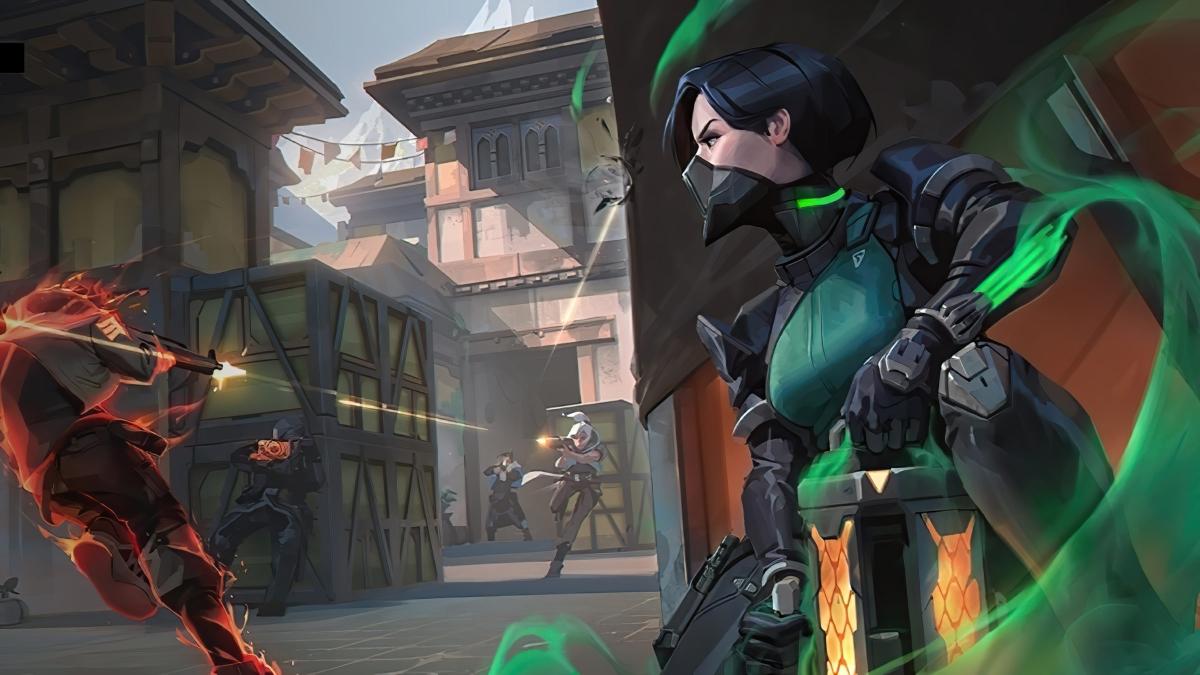
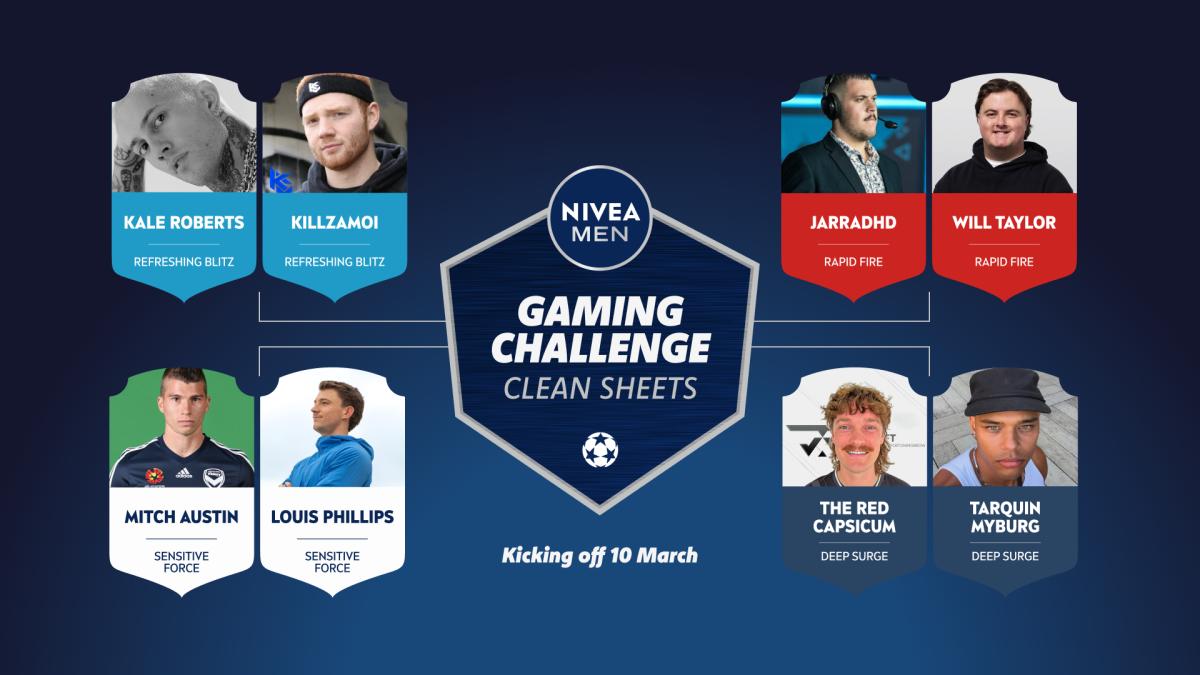



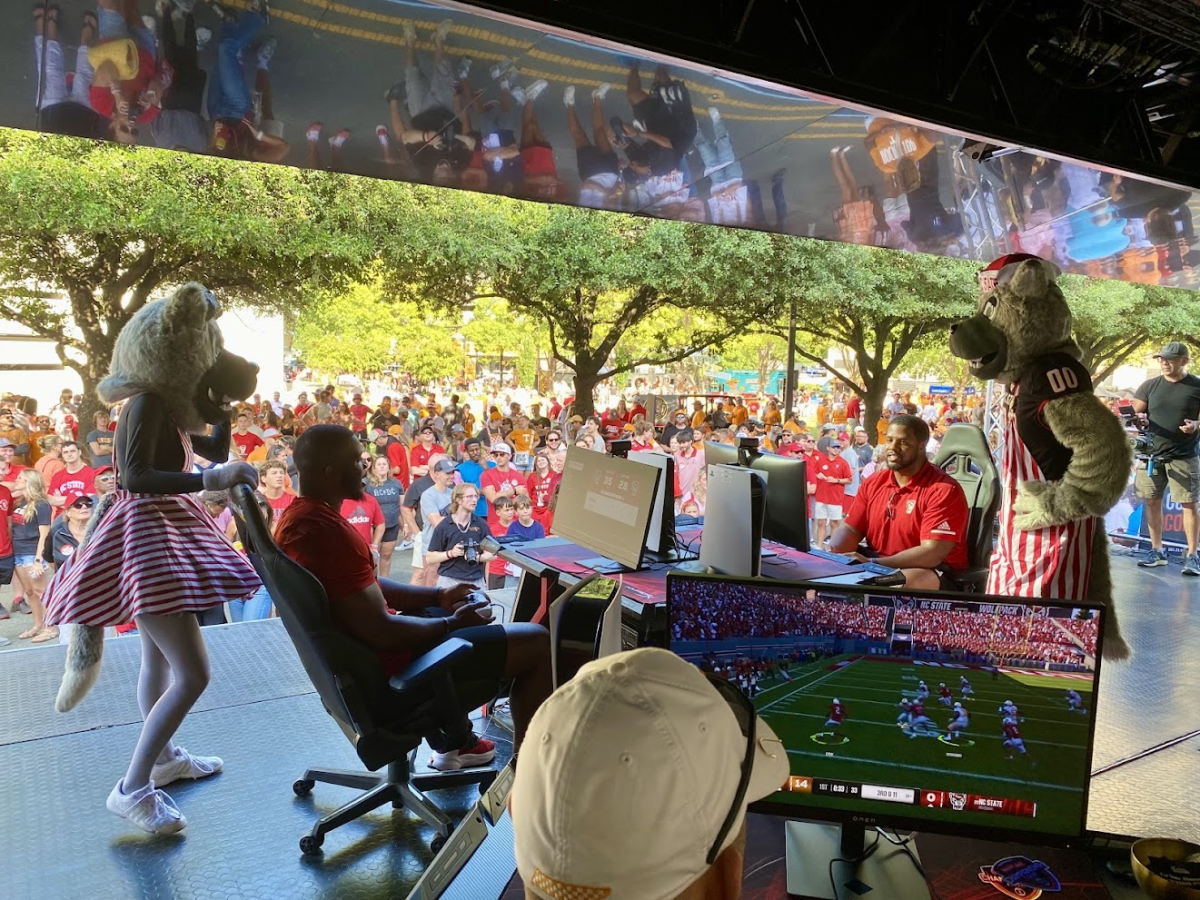
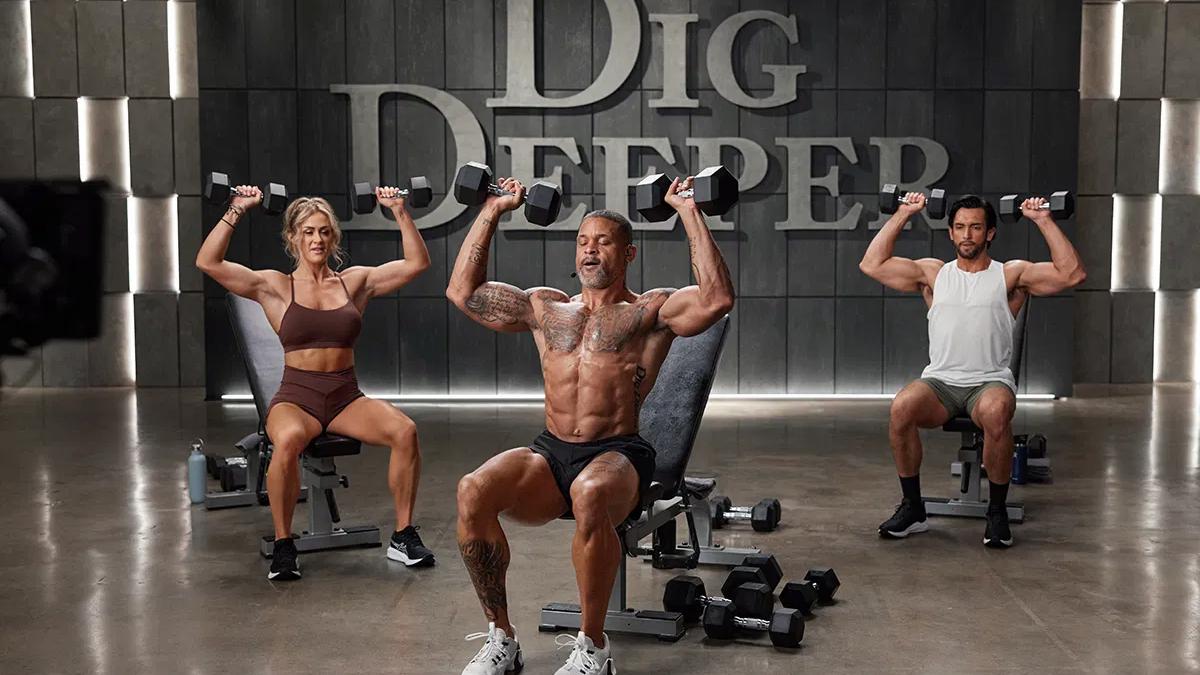
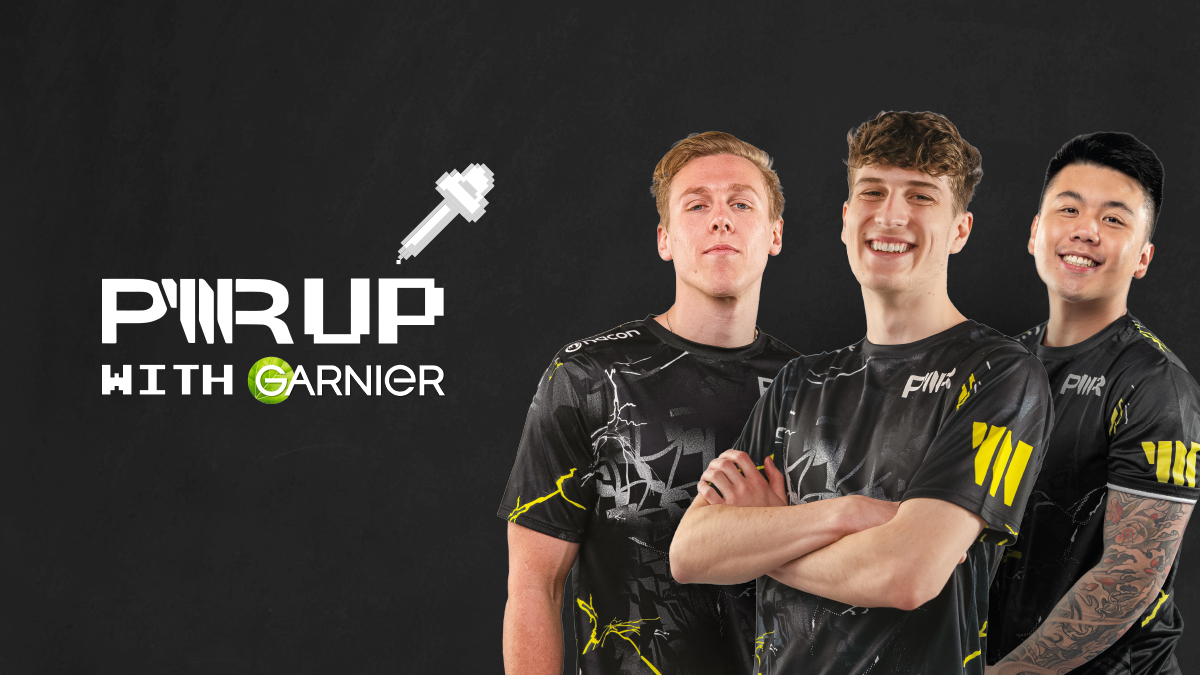
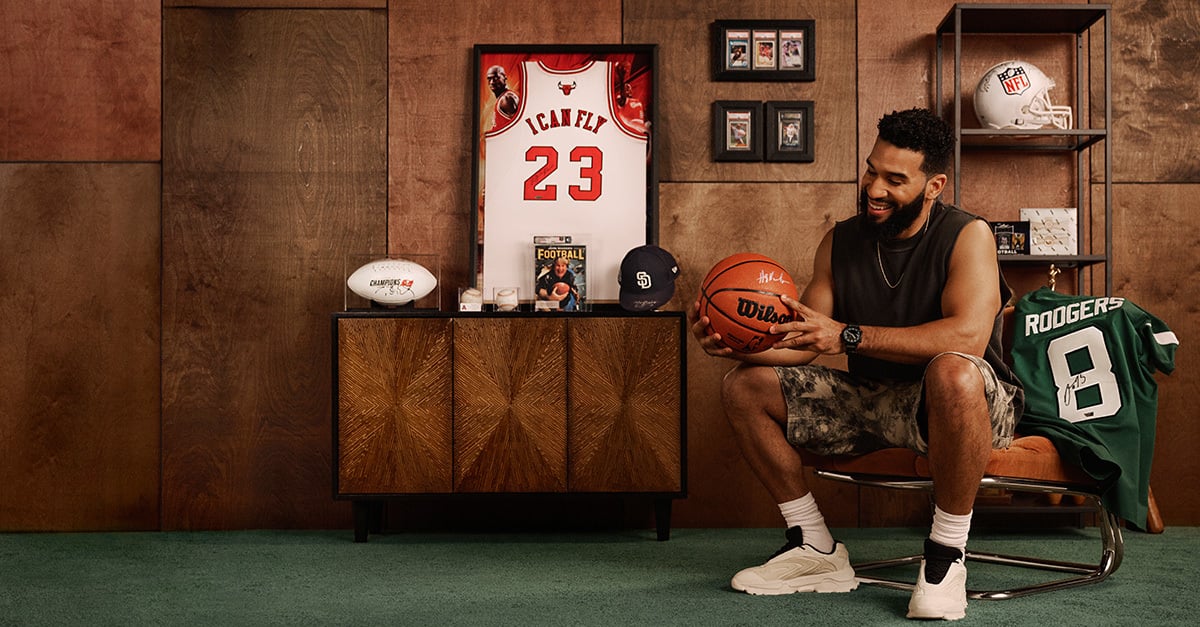

Published: Sep 22, 2021 12:34 pm